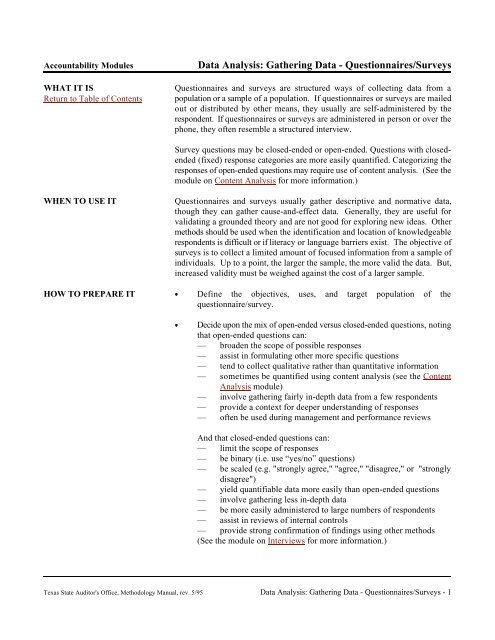

In a two-stage design, the probability weight is calculated as f 1f 2, which means that the inverse of the sampling fraction for the first stage is multiplied by the inverse of the sampling fraction for the second stage. For example, if a population has 10 elements and 3 are sampled at random with replacement, then the probability weight would be 10/3 = 3.33. The probability weight is calculated as N/n, where N = the number of elements in the population and n = the number of elements in the sample. By definition, a probability weight is the inverse of the probability of being included in the sample due to the sampling design (except for a certainty PSU, see below). Both a sampling weight and a probability weight are used to weight the sample back to the population from which the sample was drawn. A sampling weight is a probability weight that has had one or more adjustments made to it. Perhaps the most common is the sampling weight. Sampling weights: There are several types of weights that can be associated with a survey. Hence, if you mis-specify the sampling design, the point estimates and standard errors will likely be wrong.īelow are some common features of many sampling designs. This is very important because many of the estimates and standard errors are calculated differently for the different sampling designs. The documentation must be read carefully to find out what kind of sampling design was used to collect the data. Rather, they use survey data that some agency or company collected and made available to the public. Most people do not conduct their own surveys.
#Survey data analysis methods of short answer questions software
While it may be possible to get reasonably accurate results using non-survey software, there is no practical way to know beforehand how far off the results from non-survey software will be. The difference in point estimates and standard errors obtained using non-survey software and survey software with the design properly specified will vary from data set to data set, and even between analyses using the same data set. Ignoring the clustering will likely lead to standard errors that are underestimated, possibly leading to results that seem to be statistically significant, when in fact, they are not. The sampling weight will affect the calculation of the point estimate, and the stratification and/or clustering will affect the calculation of the standard errors. If you ignore the sampling design, e.g., if you assume simple random sampling when another type of sampling design was used, both the point estimates and their standard errors will likely be calculated incorrectly. This is because the sampling design affects both the calculation of the point estimates and the standard errors of those estimates. When any sampling method other than simple random sampling is used, we usually need to use survey data analysis software to take into account the differences between the design that was used to collect the data and simple random sampling. Not only is it nearly impossible to do so, but it is not as efficient (either financially and statistically) as other sampling methods. However, very few surveys use a simple random sample to collect data.

For experimental and quasi-experimental designs, this is exactly what we want. Regular procedures in statistical software (that is not designed for survey data) analyzes data as if the data were collected using simple random sampling. Survey Data Analysis with R Why do we need survey data analysis software?


 0 kommentar(er)
0 kommentar(er)
